Native American leaders have profoundly influenced American history through their courage, wisdom, and unwavering dedication to their people. These remarkable individuals fought for justice, preserved cultural traditions, and created legacies that continue to resonate today. Their stories remind us of both the painful chapters in our shared history and the enduring strength of indigenous communities across North America.
1. Sitting Bull
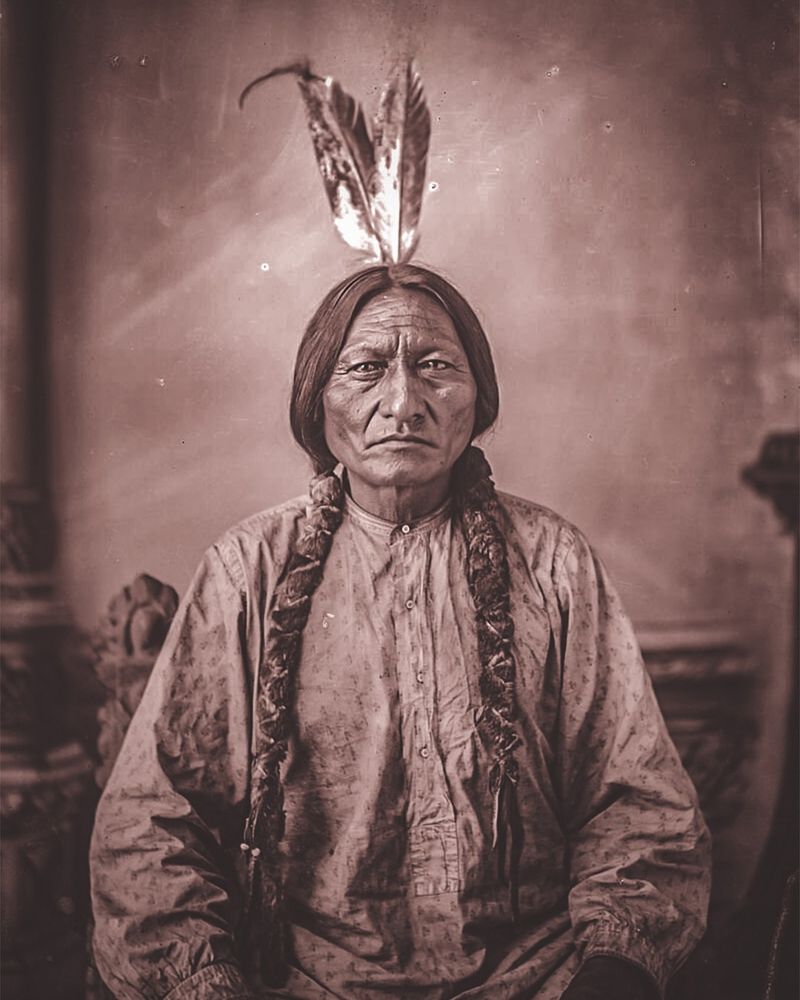
Before the Battle of Little Bighorn, Sitting Bull experienced a vision: soldiers falling into camp upside down. This prophecy of victory energized warriors before their historic triumph against Custer’s forces.
More spiritual leader than war chief, Sitting Bull was a Hunkpapa Lakota holy man whose influence extended far beyond battlefield strategy. After years in exile in Canada, he returned to reservation life where he advocated for traditional values despite increasing pressure to assimilate.
His final act of resistance came through supporting the Ghost Dance movement—a spiritual practice that promised to restore the pre-colonial world and reunite Native people with their ancestors.
2. Geronimo
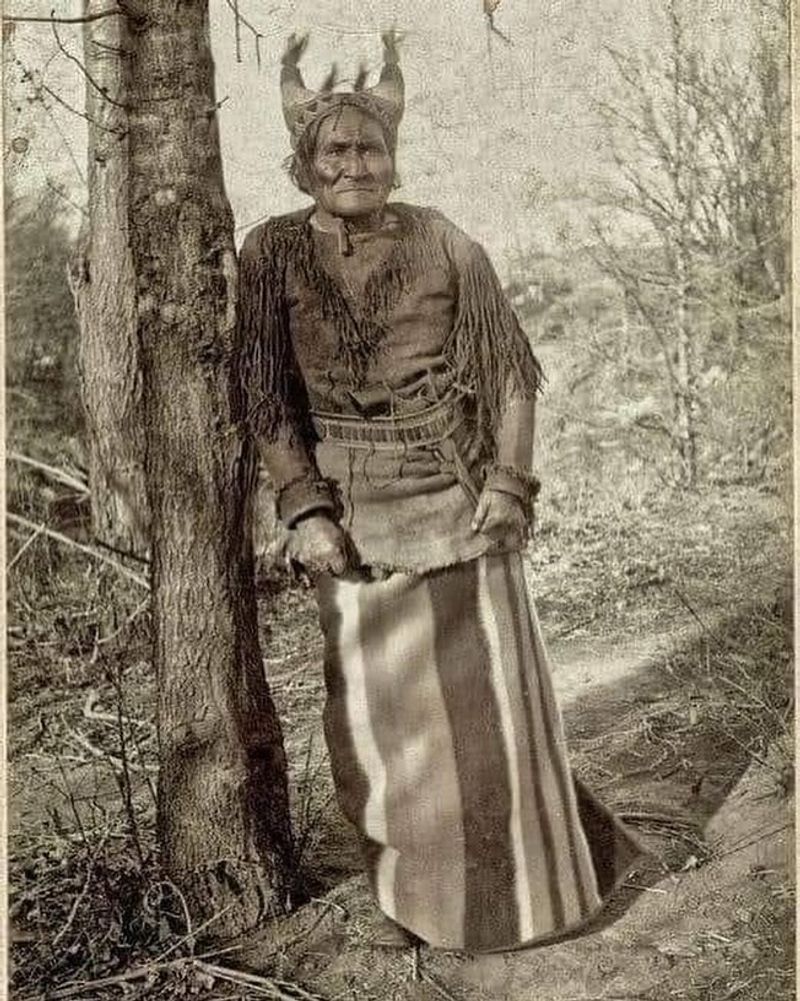
Mexican soldiers killed Geronimo’s mother, wife, and three children in a single raid. This personal tragedy transformed him from a peaceful man into a resistance fighter whose name would eventually become a battle cry for American paratroopers.
His followers believed he possessed magical abilities—that bullets couldn’t harm him and that he could see the future. With never more than 30 warriors, he evaded capture by both Mexican and American forces for decades.
Even after surrender, Geronimo reinvented himself, appearing at world’s fairs and in Buffalo Bill’s Wild West Show, where he sold photographs and autographs to curious spectators.
3. Sacagawea
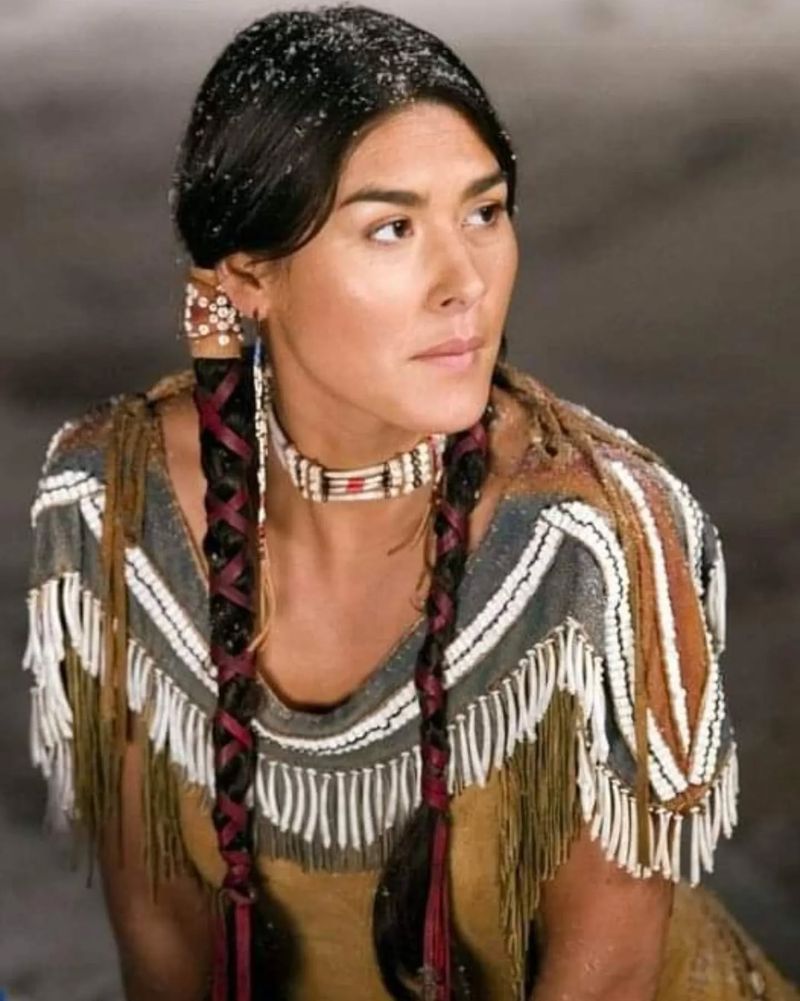
At just 16, this Lemhi Shoshone woman embarked on an 8,000-mile journey that would reshape a nation. Carrying her infant son on her back, Sacagawea navigated treacherous terrain while serving as interpreter and diplomat for the Lewis and Clark Expedition.
Her knowledge of edible plants saved expedition members from starvation multiple times. When their boat nearly capsized, she rescued crucial scientific instruments and journals that would have otherwise been lost forever.
Her presence also signaled peaceful intentions to tribes they encountered, preventing potential conflicts that could have doomed the mission.
4. Crazy Horse
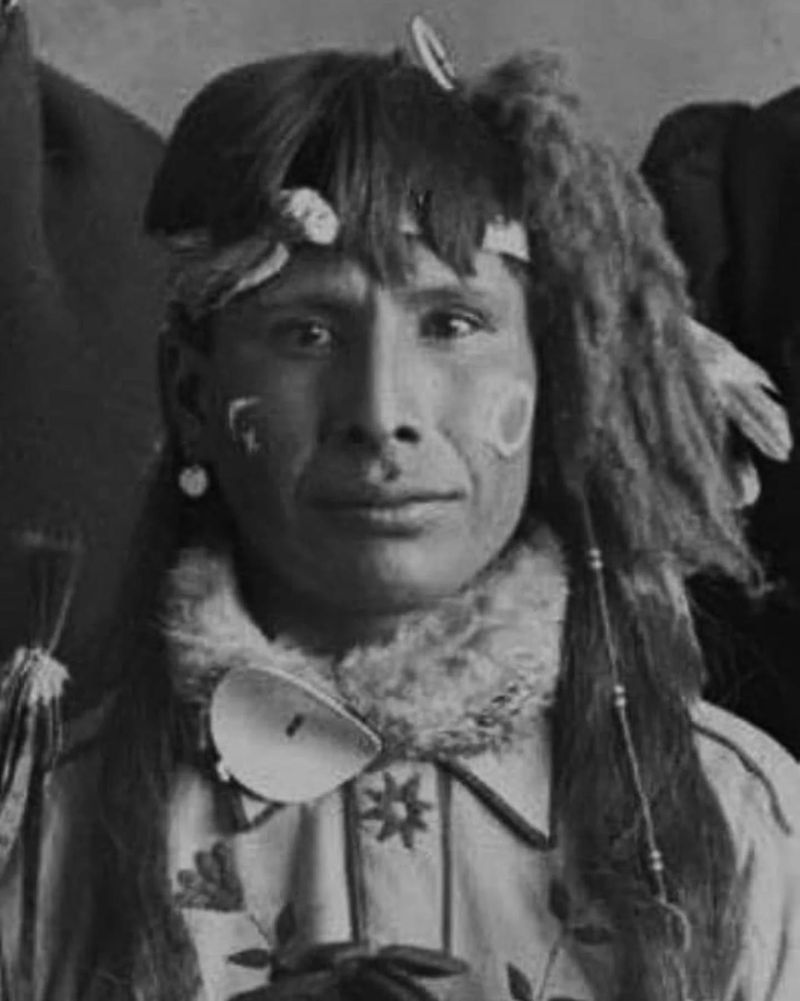
Born around 1840, this legendary Oglala Lakota warrior refused to be photographed, believing cameras would steal his spirit. His military genius became apparent during Red Cloud’s War when he developed innovative battle tactics that consistently outmaneuvered U.S. Army forces.
At the Battle of Little Bighorn, his fearless charge helped secure one of the greatest Native American victories. Despite his battlefield prowess, Crazy Horse lived modestly and rejected the trappings of leadership.
His final words after being fatally wounded while in custody were reportedly, “Tell the people it is no use to depend on me anymore.”
5. Chief Joseph
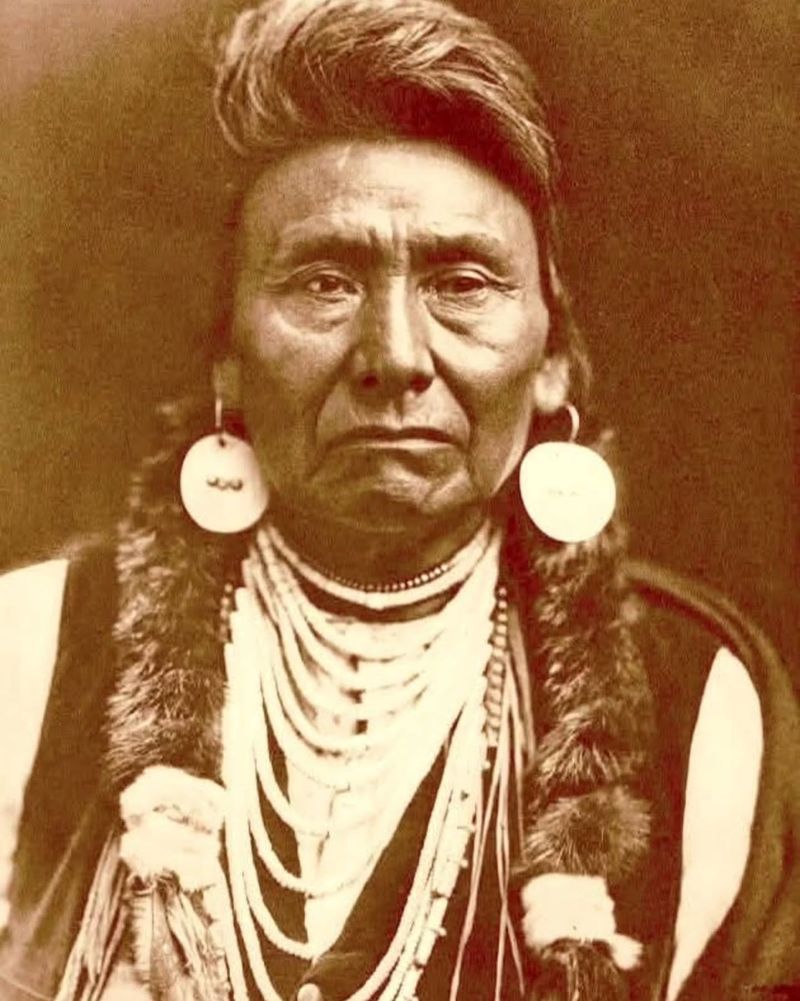
“I will fight no more forever.” These seven words, spoken after an epic 1,170-mile retreat, cemented Chief Joseph’s legacy. His attempt to lead his Nez Perce people to freedom in Canada fell just 40 miles short of the border.
Before becoming a resistance leader, Joseph had been a diplomat who advocated peaceful coexistence. When forced from their homeland in Oregon’s Wallowa Valley, he organized one of the most skillful military retreats in history, outmaneuvering U.S. forces across four states.
After surrender, he continued fighting for his people through powerful speeches to Congress and meetings with President Hayes.
6. Tecumseh
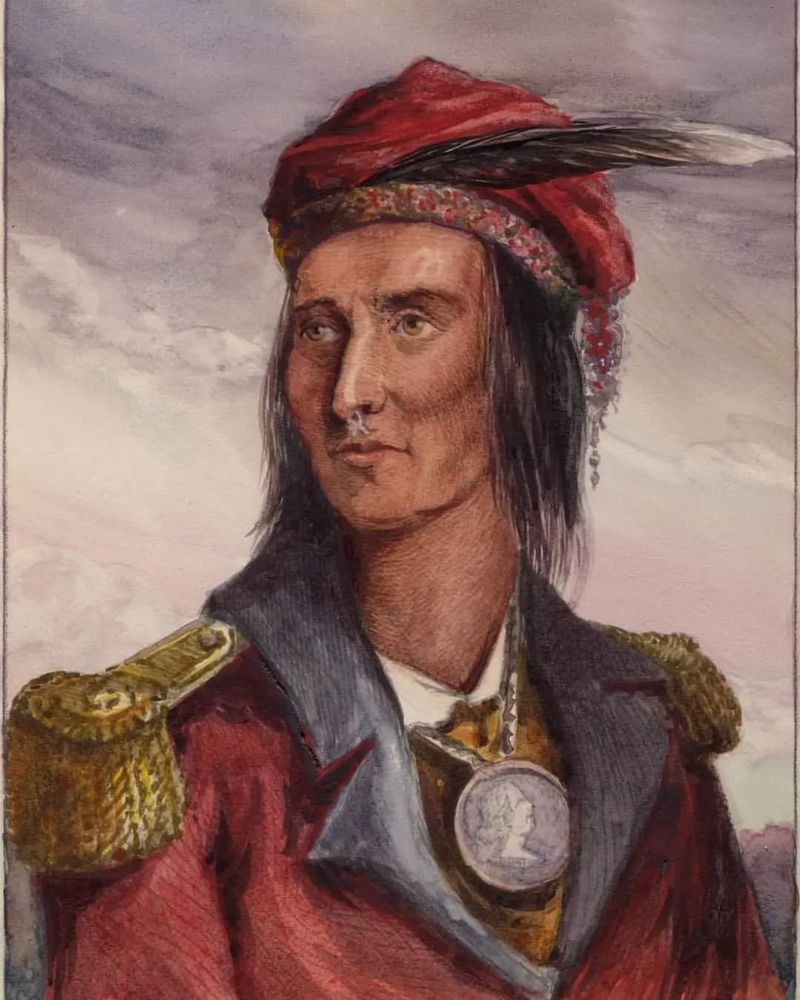
A shooting star streaked across the sky the night Tecumseh was born in 1768, earning him a name that means “Panther Crossing the Sky.” This charismatic Shawnee leader possessed extraordinary oratory skills that helped him build the largest Native American confederation in history.
Alongside his brother Tenskwatawa (known as The Prophet), he created a pan-Indian movement that transcended tribal differences. His vision was revolutionary: a unified Indian nation strong enough to halt westward expansion.
Had a single battle—the Battle of Thames in 1813—gone differently, American history might have taken a dramatically different course.
7. Wilma Mankiller
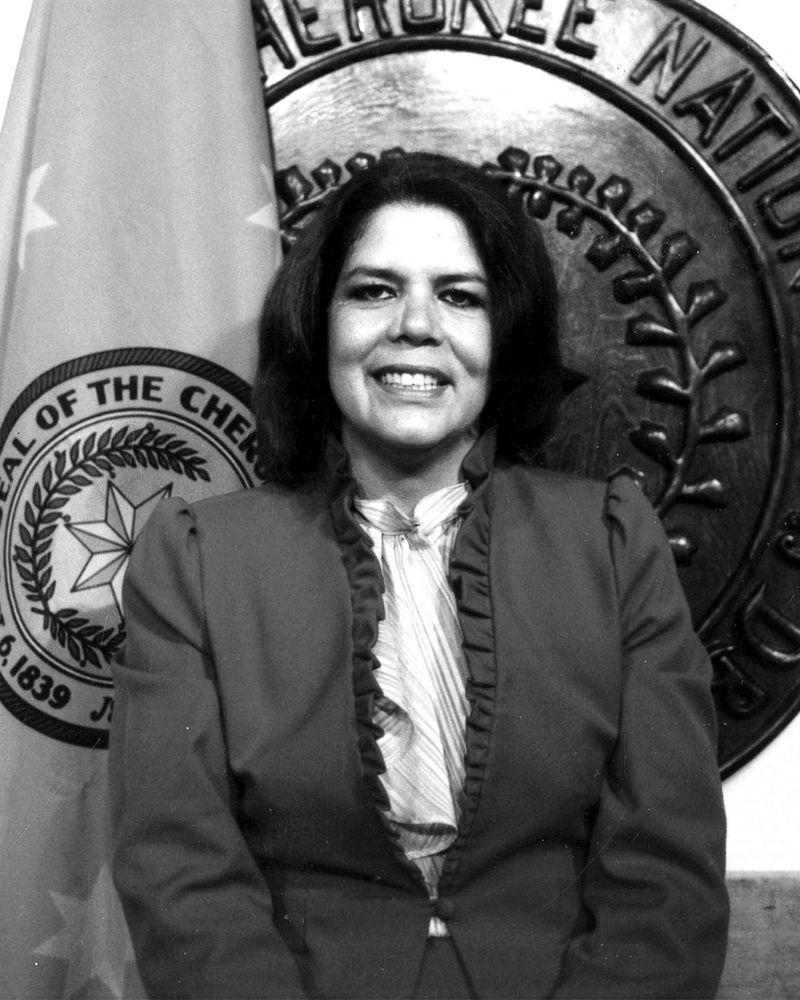
Her surname—Mankiller—originated from a traditional Cherokee military rank, perfectly fitting for a woman who battled enormous obstacles. After surviving a devastating car accident that required 17 surgeries, Wilma emerged as a powerful advocate for her people.
As the first female Principal Chief of the Cherokee Nation, she transformed a $9 million deficit into a $25 million surplus. Under her leadership, employment doubled, infant mortality dropped, and educational opportunities expanded dramatically.
Perhaps her greatest achievement was the Bell Community Project, where she united an impoverished Cherokee community to build their own water system when government assistance failed.
8. Pocahontas
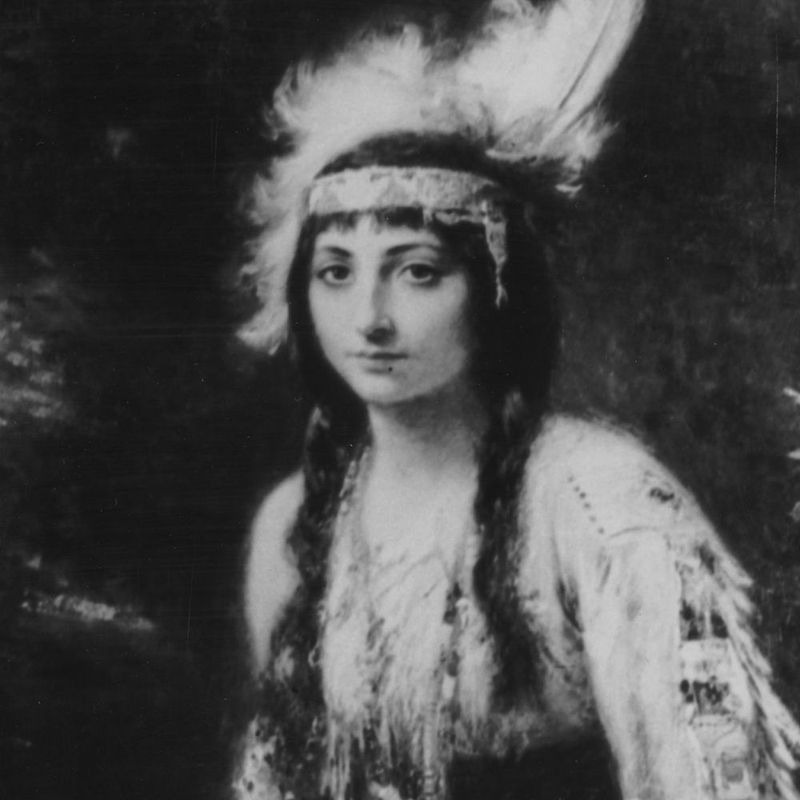
Forget the romantic tale—the real Pocahontas never had a romance with John Smith. As the favorite daughter of Chief Powhatan, her actual name was Matoaka, with “Pocahontas” being a childhood nickname meaning “playful one.”
At just 11 years old, she served as a crucial diplomatic link between the Powhatan Confederacy and Jamestown settlers. Her legendary intervention to save Smith’s life (if it occurred) was likely part of a traditional adoption ceremony that Smith misinterpreted.
After converting to Christianity and marrying tobacco planter John Rolfe, she traveled to England where she was presented at court as an example of “civilized savagery.”
9. Black Elk
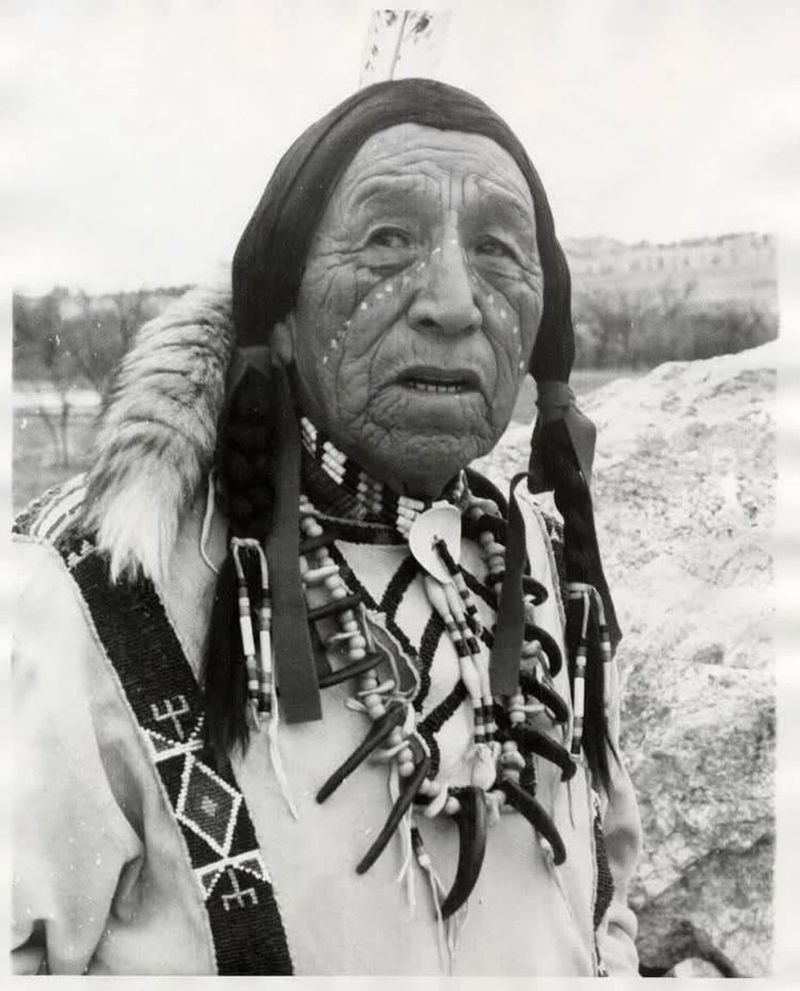
At age nine, Black Elk experienced a powerful vision that guided him throughout his 86 years. This Oglala Lakota medicine man witnessed the massacre at Wounded Knee and traveled with Buffalo Bill’s Wild West Show before returning to his spiritual roots.
His life story, recorded in the classic “Black Elk Speaks,” preserved traditional Lakota spiritual teachings that might otherwise have been lost. Though he converted to Catholicism, he continued practicing traditional healing and ceremonies in secret.
Today, his great-grandsons are leading efforts for his canonization in the Catholic Church—a remarkable bridge between two seemingly opposite spiritual traditions.
10. Vine Deloria Jr.
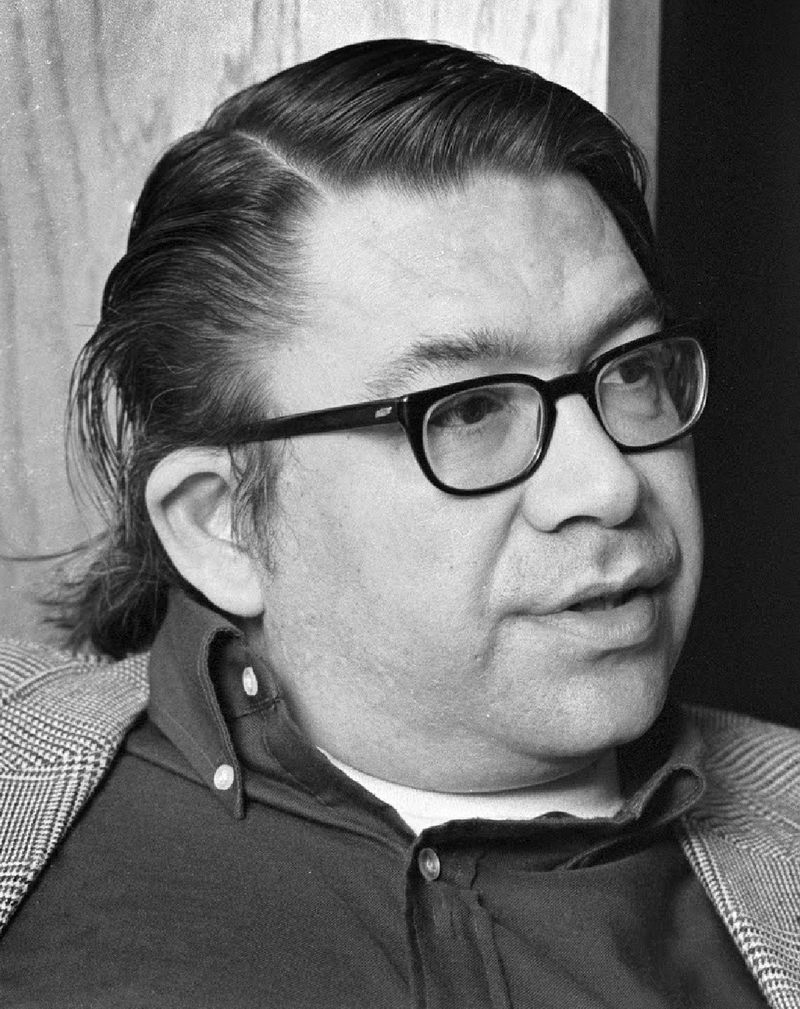
“We talk, you listen.” This powerful phrase from Vine Deloria Jr.’s bestselling book “Custer Died For Your Sins” captured his revolutionary approach to Native American advocacy. As a Standing Rock Sioux intellectual with degrees in both theology and law, he challenged stereotypes with razor-sharp wit.
Before his groundbreaking books, Native Americans were primarily studied as historical artifacts rather than living cultures. His work forced academic institutions to reconsider indigenous knowledge as valid science and philosophy.
He helped establish the first Native American studies programs and fought successfully for legislation protecting religious freedom and repatriation of ancestral remains.

Comments
Loading…